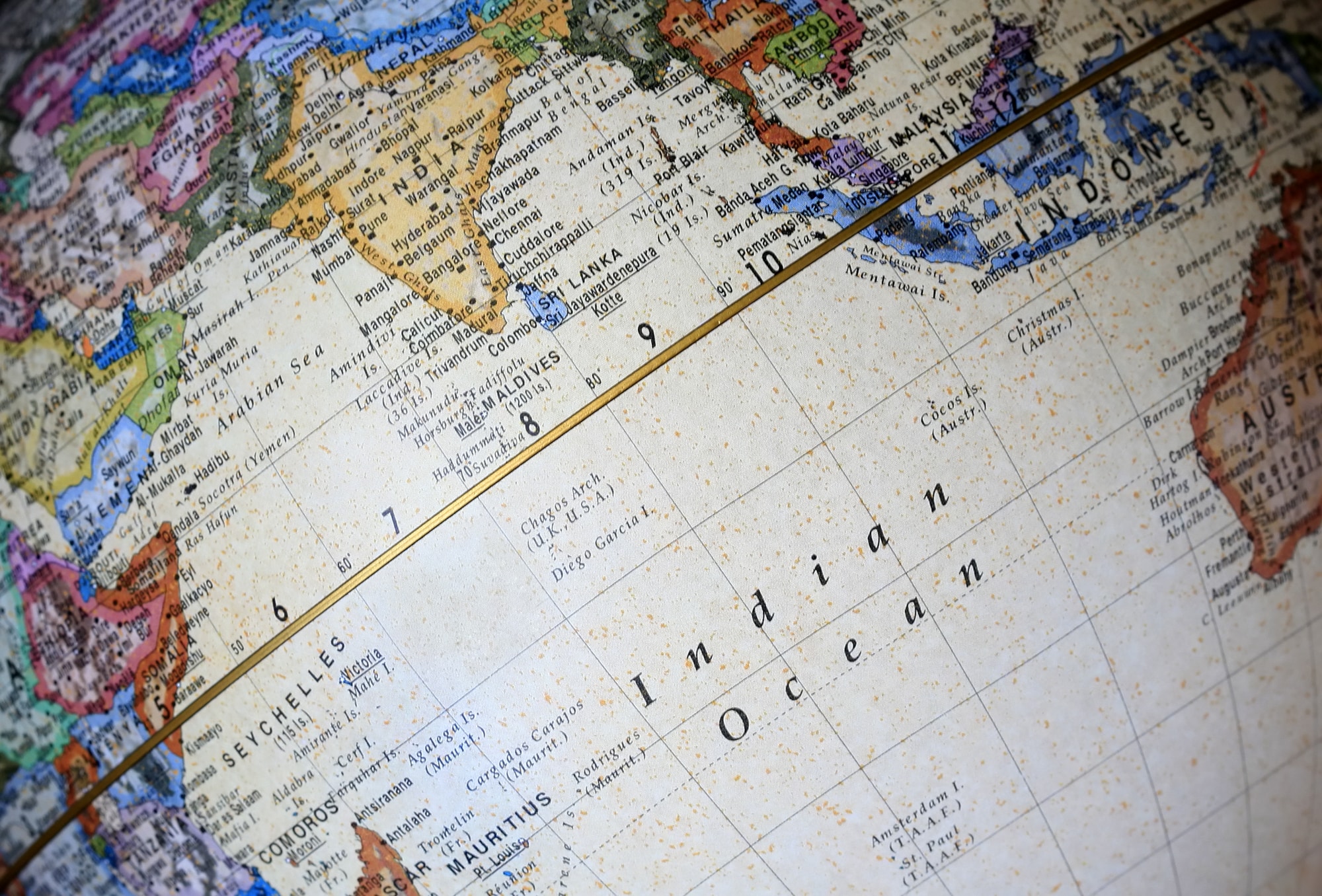Have you ever wondered what happens when you cross the equator by plane? Ever since we were young, we were taught about this imaginary line that divides the world into two perfect halves. However we still know little about it’s actual effects, especially when passing through the equator on an aircraft.
In this article we’ll take a look at what happens when you cross the equator by plane. We’ll also look at why it was created and needed in the first place, as well as the significance of the equator in different contexts.
Table of Contents
What Happens When You Cross the Equator by Plane?
Using National Geographic’s simple definition, the Equator is…
“an imaginary line around the middle of the Earth. It is halfway between the North and South Poles, and divides the Earth into the Northern and Southern Hemispheres.”
Whilst nothing actually happens within the plane as you cross the Equator, things do change outside of the aircraft. As you cross the equator, you’ll fly into an area known as the Intertropical Convergence Zone (ITCZ).
This area is well known for its abundance of stormy weather, as well as being swathed in jungle, such as in the countries of Brazil, Indonesia and the Congo. It’s a really interesting phenomenon to be observed, so make sure you get a window seat!
Thankfully, though, the aircraft will be flying way above these thunderstorms, so you’ll be able to enjoy the view without needing to worry.
So Why and When Was the Equator First Created?
First of all, of course, the Equator has always been there since the creation of the world. Whilst we can’t technically prove that (no GPS in the caveman times!), it’s highly likely that the same effects of this line would have been active millions of years ago too.
Despite many predictions from older civilizations such as the Ancient Greeks, the actual proof of any equatorial line was first officially mapped out in 1736. A team of French explorers, led by Charles-Marie de La Condamine spent 10 years in Ecuador where they performed numerous experiments to prove the existence of the equator line. You can read more about it here.
How the Equator Affects Sunlight
The Equator line marks the exact distance between the north and south poles of earth. Due to its location, it receives the most sunlight on the globe. This is because its angle allows for a more direct penetration of sunlight through the atmosphere (in comparison with the more north or south extreme regions, where it’s more angled).
As a result, regions located on the equator almost always have 12 hours of daytime, followed by 12 hours of night-time. Heading towards the north or south poles, however, things tend to get a bit stranger.
Due to its angle with the sun, as well as earth’s rotation, the north pole in the summer season experiences a never ending sun throughout these months. Then during winter, the exact opposite happens, in that the sun does not appear again until the end of the winter season.
The exact opposite happens over the south pole. So whilst the north pole is in total darkness in January, the South Pole will be in a state of never-ending sun (remember that due to the difference in hemispheres, one will be in summer whilst the other will simultaneously be in winter).
Other Differences Caused by the Equator
Geographical Differences
Another notable difference is the terrains found along the equator. As this area of the world receives the most sunlight, it is much warmer than the rest of the world. Here the lands are dominated by tropical rainforests, however there are also cold, snowy biomes too (in the much higher altitude locations).
Political Differences
Despite the large distances between countries in the north and south hemispheres, there’s actually little political differences between the two arising directly from their locations.
In the modern-day era, this is mostly thanks to technology. As different countries have different strengths, there are many economic and legislative ties between countries on both sides of the equator, regardless of their location.
Miscellaneous Differences
* There’s an old myth that the equator causes some bizarre effects when standing directly on it, such as water flushing without a swirl, and being able to balance an egg upright with ease.
* In Sailors’ culture, any sailor yet to have crossed the equator by boat is known as a “Pollywog”, and has to join in with initiations upon their first crossing.
Final Thoughts
And that’s all for our guide on the equator, and what happens when you cross the line by plane.
The equator really is fascinating, in both its perfectly straight angle, as well as the effects caused by its positioning.
In this article we’ve looked at what happens when you cross the equator by plane. We’ve also explored when the equator was first “created”, as well as the different observations and effects caused.

